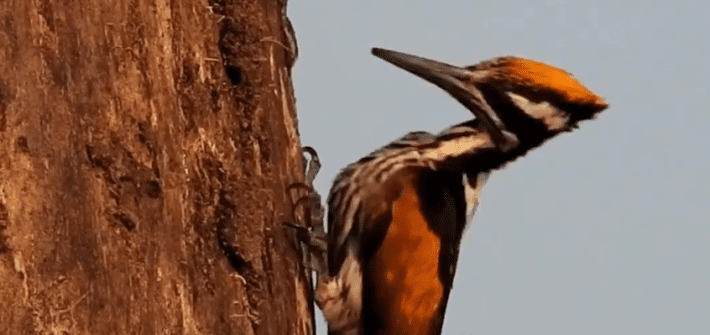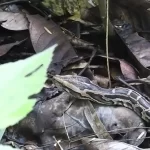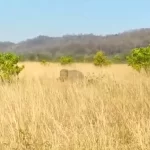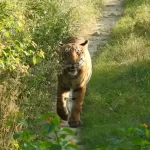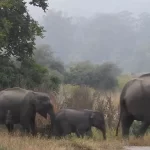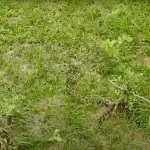Woodpeckers are unique birds in their feeding behaviour. They specialize in feeding on the insects like termites, wood borers and other insects that live under the tree bark.
Uncategorized
World Wildlife Day 2023
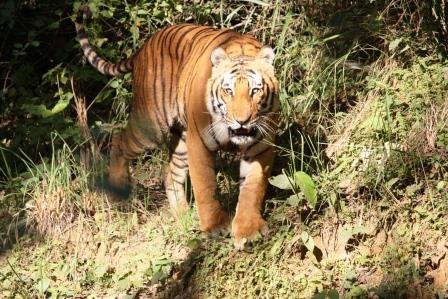
Jim’s Jungle Retreat celebrates World Wildlife Day and wishes that the tiger, along with all the creatures that share its habitat thrive in this beautiful reserve forever.
Corbett Tiger Reserve
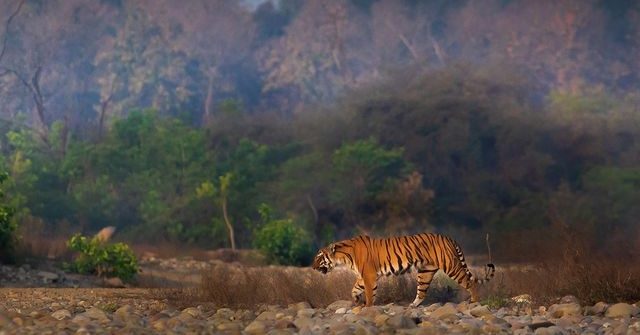
The beautiful and surreal landscape of Corbett Tiger Reserve offers opportunities for sighting the majestic Bengal Tiger in its native habitat. A keystone species, tigers are a litmus to the health of the jungle.
International Wetlands Day

“It’s Time for Wetlands Restoration” Wetlands are essential ecosystems that play a crucial role in maintaining the health of our planet. They provide numerous benefits to the environment, wildlife, and humans, including: Biodiversity: Wetlands are home to a rich variety of plant and animal species, providing critical habitat for many endangered species. Water management: Wetlands […]
Small Niltava – a new bird species for JJR

Small Niltava – a new bird species for Jim’s Jungle Retreat Small Niltava is a Flycatcher, found in parts of the Indian Subcontinent and in south-east Asia. The male has deep blue coloration to its body with purplish-blue patches on the forecrown and shiny blue patch on the side-neck. The female is brown with a […]
Burmese Python
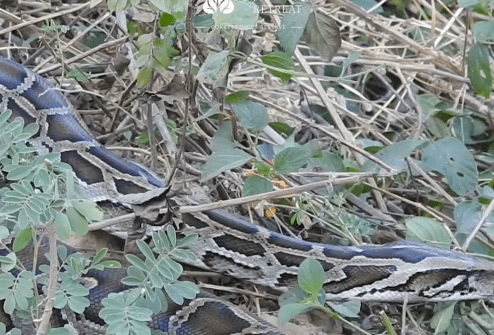
Among the largest snakes in the world, the Burmese Python’s distribution extends westwards into the Indian Subcontinent in north-east India, Bangladesh, West Bengal, Bihar, and westward along the Himalayan foothills through Bhutan, Sikkim, Nepal, and till the Shivalik ranges of Uttarakhand. The species is known to grow to a length of over 20 feet in […]
Valentine’s day
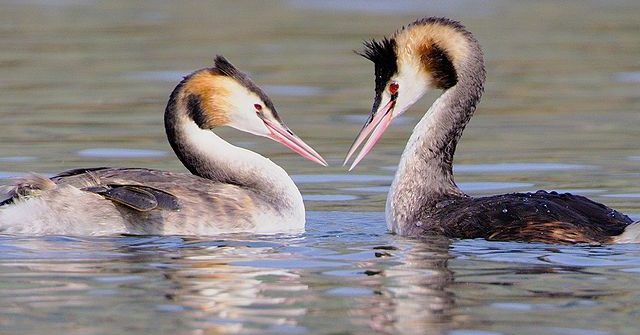
Courtship display plays an important role in sexual selection in the natural world. In most of the species of higher order, it is the male that indulges in the display, a case in point being the famous courtship display of the male peacock. In many species, the males display their vitality by possessing breeding territories […]
The Mahavan in the cover of darkness
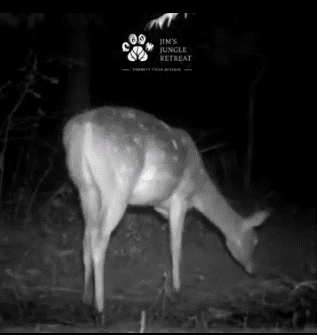
Explore the magic that unfurls around The Mahavan in the cover of darkness!
Butterflies
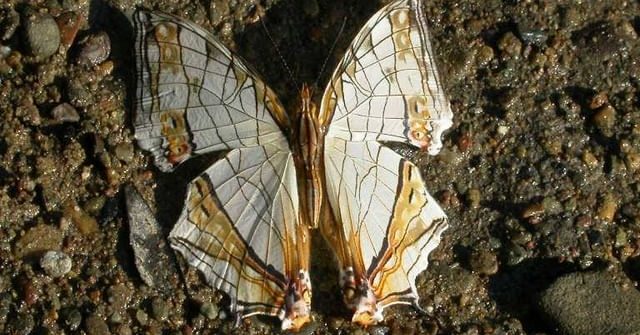
Butterflies, like all insects, have a head, thorax, and abdomen. Three legs make up the thorax. Unlike moths, butterfly antennae are clubbed. The flower-sipping proboscis can be coiled. Polymorphic butterflies use camouflage, mimicry, and aposematism to avoid predators. Adults in Lepidoptera have four scale-covered wings. Butterfly wings are coloured with melanins for blacks and browns, […]
Birding around Corbett
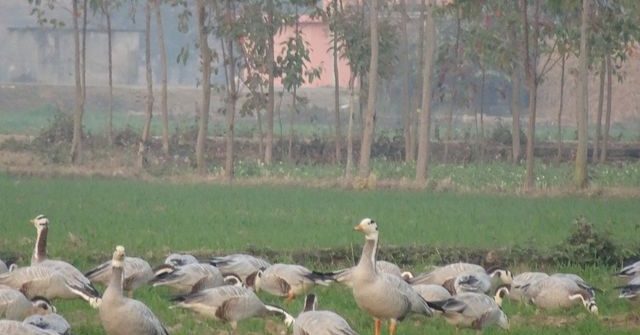
Winters are wonderful for some excellent birding around Corbett. With Tumaria barrage close to Jim’s Jungle Retreat, it makes for an exciting morning drive.
A Leopard in Corbett Tiger Reserve
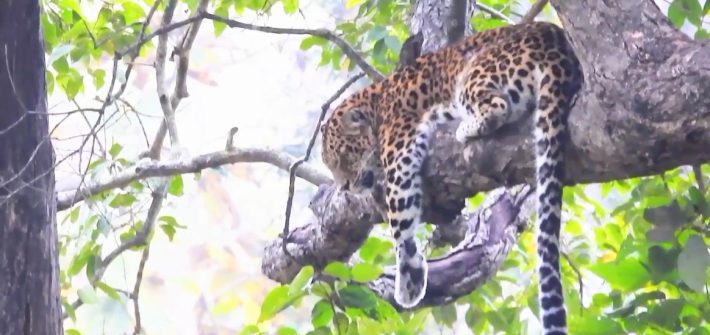
In tiger country, the leopard lives in the shadow of the tiger. Always around but extremely shy, nocturnal, arboreal, and rarely seen. Tigers, being larger and much more powerful, dominate their smaller cousins, as the two species compete for food and territory. A tigress with cubs takes no chances with leopards, for the safety of […]
Tigers In Corbett
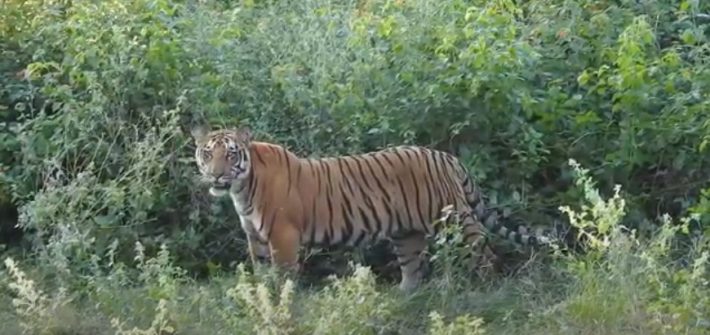
Highly endangered, tigers occur in parts of Siberia, south China, Indo China, south-east Asia and the Indian subcontinent. Whereas it is on the verge of extinction in most parts of its range, a major world population of wild tigers survives in India. According to last tiger census estimates, India is home to an approximate population […]
Mahavan Way Of Life
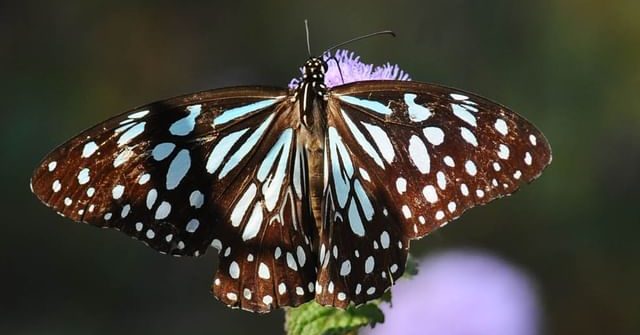
Spread out across the entire campus with cobblestone paths guiding you through our Mahavan, a walk at our nature retreat is already a perfect immersion, a signature immersion, unparalleled. Dotted with numerous ponds, each of which is a treasure trove of unique life and ecosystems, you are guaranteed to have pleasantly surprising run-ins with nature […]
Seek the tiger, find the jungle!
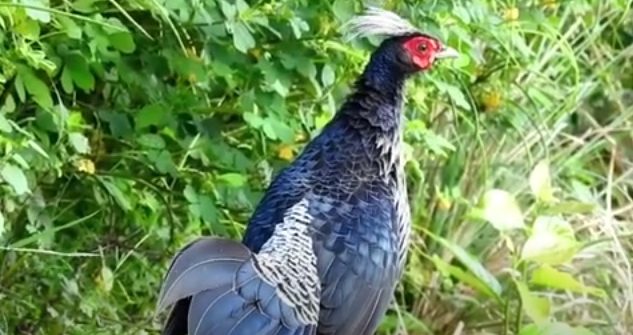
Corbett Tiger Reserve is a bird watcher’s paradise with over 500 species of birds recorded in the area. Kajij Pheasant is a beautiful pheasant species, distributed along the Himalayan foothills from western Himalayas in Pakistan, eastwards through India, and till western Thailand. It is commonly seen in the jungles of Corbett Tiger Reserve. Male Kalij […]
Feathered inhabitants of Jhirna zone
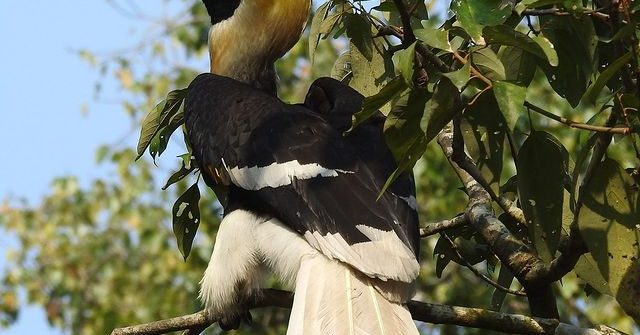
The wonderful, feathered inhabitants of Jhirna zone of Corbett National Park. Let the pictures tell you the tales. Although the nuances, best delivered by our experienced naturalists.
The end of the year
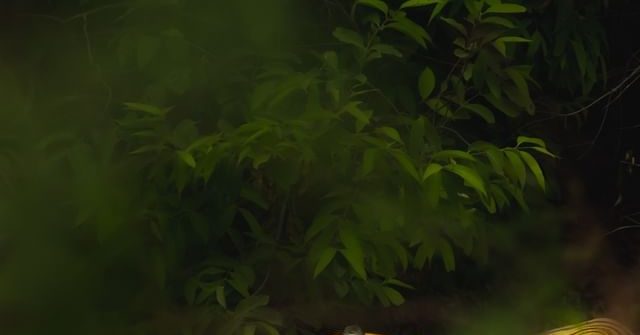
As we near the end of the year, we look back, pleased at yet another good year. Much like the Mahavan that has taken its time set roots and become home to innumerable members of fauna and a variety of flora, so too has Jim’s Jungle Retreat steadily grown in the hearts and minds of […]
The Indian Muntjac
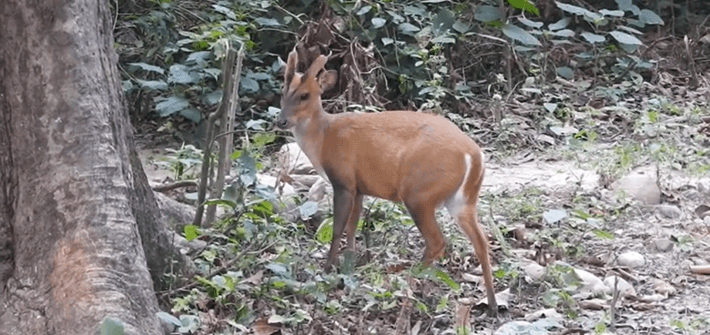
Locally known as ‘Kakad’, the Indian Muntjac is also commonly known as the Barking Deer. It makes a single-note dog-like barking call that is given out when the animal senses the presence of a predator. The deer is known to raise alarm at the slightest hint of a tiger, even when the predator is long […]
Streak throated woodpecker
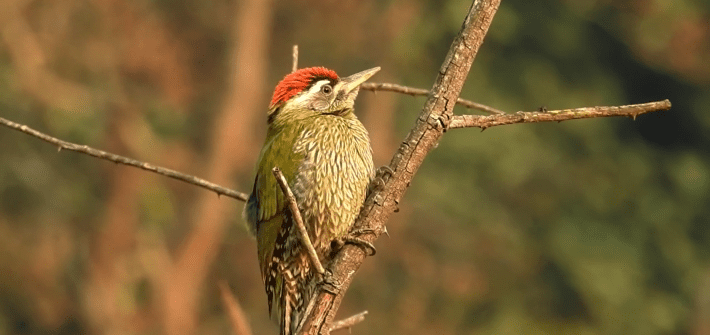
In nature all good things remain good as long as these are positively contributing towards the functioning of the ecosystem. There is an abundance of termites in Corbett Tiger Reserve. Every tree attracts these wood-eating insects that do a great service to the health of the forest by breaking down the wood component and bringing […]
Tarai Grey Langur
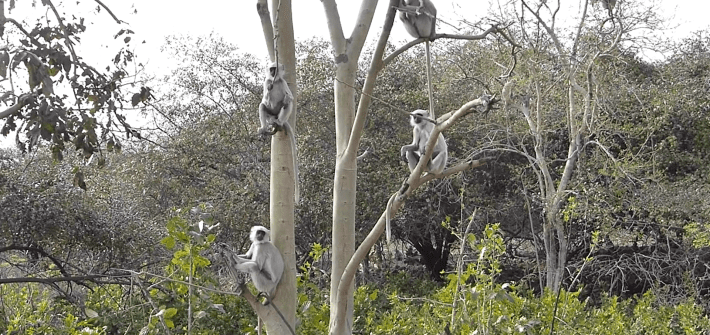
Tarai Grey Langur is distributed from north India eastwards to Nepal and Bhutan along the Himalayan foothills. It occurs in the Shivalik ranges in Uttarakhand from an elevation of 150m to 1600m and is found in the moist deciduous and moist semi-deciduous forests to the coniferous and oak forests. The species is listed as ‘near […]
The Collared Falconet
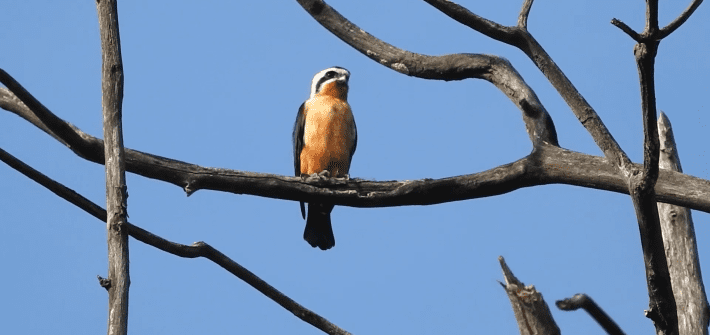
The Collared Falconet is the smallest bird of prey of the Indian subcontinent. Its body length is 18cm, smaller than a Red-vented Bulbul that falls prey to this tiny raptor many times. Jim’s Jungle Retreat Chief Naturalist Manoj Sharma recalls having seen it attacking a Black Francolin, a bird much bigger than itself. Main diet […]
